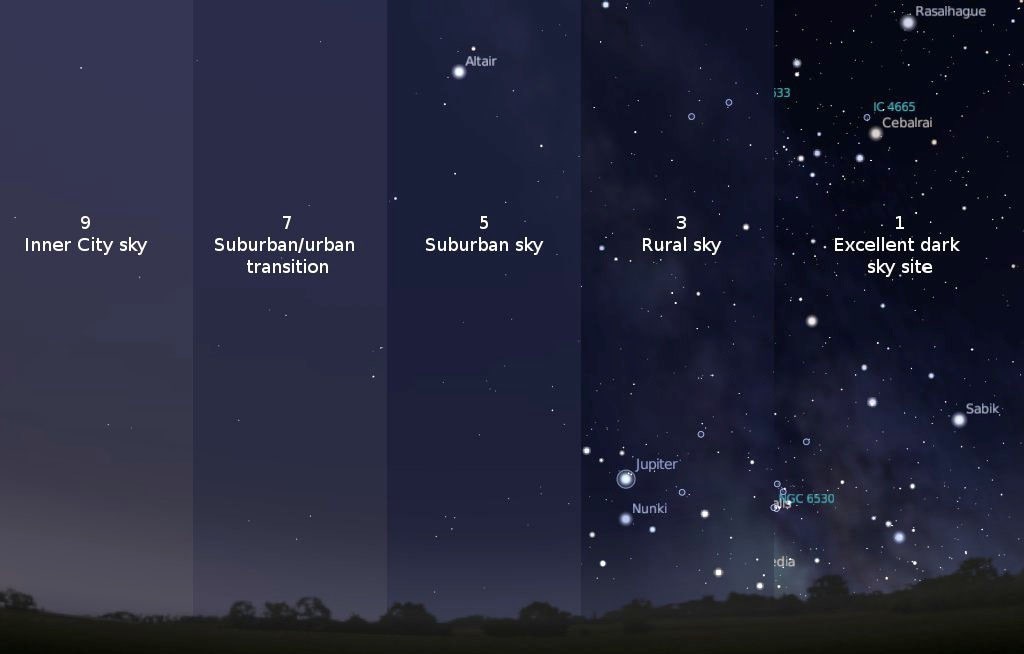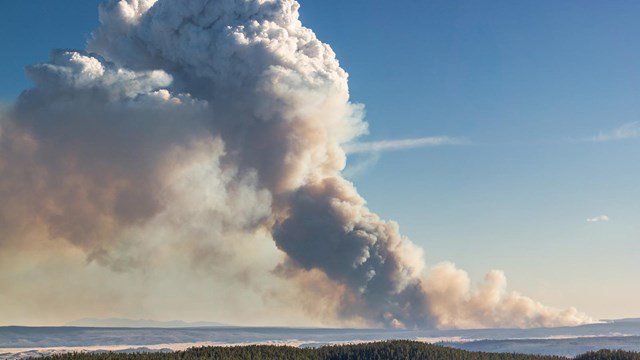
NPS/Herbert Light pollution occurs in areas all over the world where artificial lighting is placed to light the night. Excess light shines into the atmosphere and creates a glow that diminishes visibility of the natural night sky. Approximately 2.2 billion dollars in energy consumption is wasted annually from light shining directly into the sky. Inefficient use of technology and the resulting light pollution is a growing concern. Effects on Human Health and WildlifeDaily light-dark cycles are necessary for maintaining human health and wildlife activity. Artificially lighted areas create light pollution which masks these cycles. Artificially lighted areas disrupt behavior, reproduction, nourishment cycles and predator-prey relationships in wildlife. In Yellowstone, this manifests in negative impacts to long-eared bats, blotched tiger salamanders, and various songbirds. In humans, excessive light levels are known to impact behavior, melatonin production, sleep patterns, and may contribute to the development of various types of cancer. Yellowstone by NightMost of Yellowstone is free of artificial light. However, in developed areas throughout the park there are more than 5,000 light fixtures. In the past, visitors often encountered bright light fixtures illuminating streets and buildings in the park making it difficult to view the natural night sky. Now, light fixtures are being replaced with low wattage, energy efficient, fully shielded fixtures that direct light only downward. Currently, only 46% of light fixtures are on at night and 75% those are fully shielded; helping to further preserve nighttime wilderness. 
International Dark Sky Association / John C. Barentine 
Air Quality
Yellowstone National Park is a Class I airshed. The largest source of particulate matter in Greater Yellowstone is smoke from wildland fire. 
Soundscapes
The Greater Yellowstone Ecosystem has many sounds with important ecological functions for reproduction and survival. They form a soundscape. ResourcesAshraf, Cameran Hooshang. 2008. Light pollution: the problem and its significance. Thesis (M.A.)--California State University, Fullerton 2008. Bogard, P. 2014. The End of Night: Searching for Natural Darkness in an Age of Artificial Light. NY: Little, Brown and Company. Chepesiuk R. 2009. Missing the dark: health effects of light pollution. Environmental Health Perspectives. 117 (1): 20-7. International Dark-Sky Association. 2012. Fighting light pollution: smart lighting solutions for individuals and communities. Mechanicsburg, PA: Stackpole Books. Klinkenborg, Verlyn. 2008. Our Vanishing Night. National Geographic. 214 (5): 102. Parks, B. 2011. The Battle to Control Light Pollution. Sky and Telescope. 122 (3): 30-65. |
Last updated: April 19, 2019
